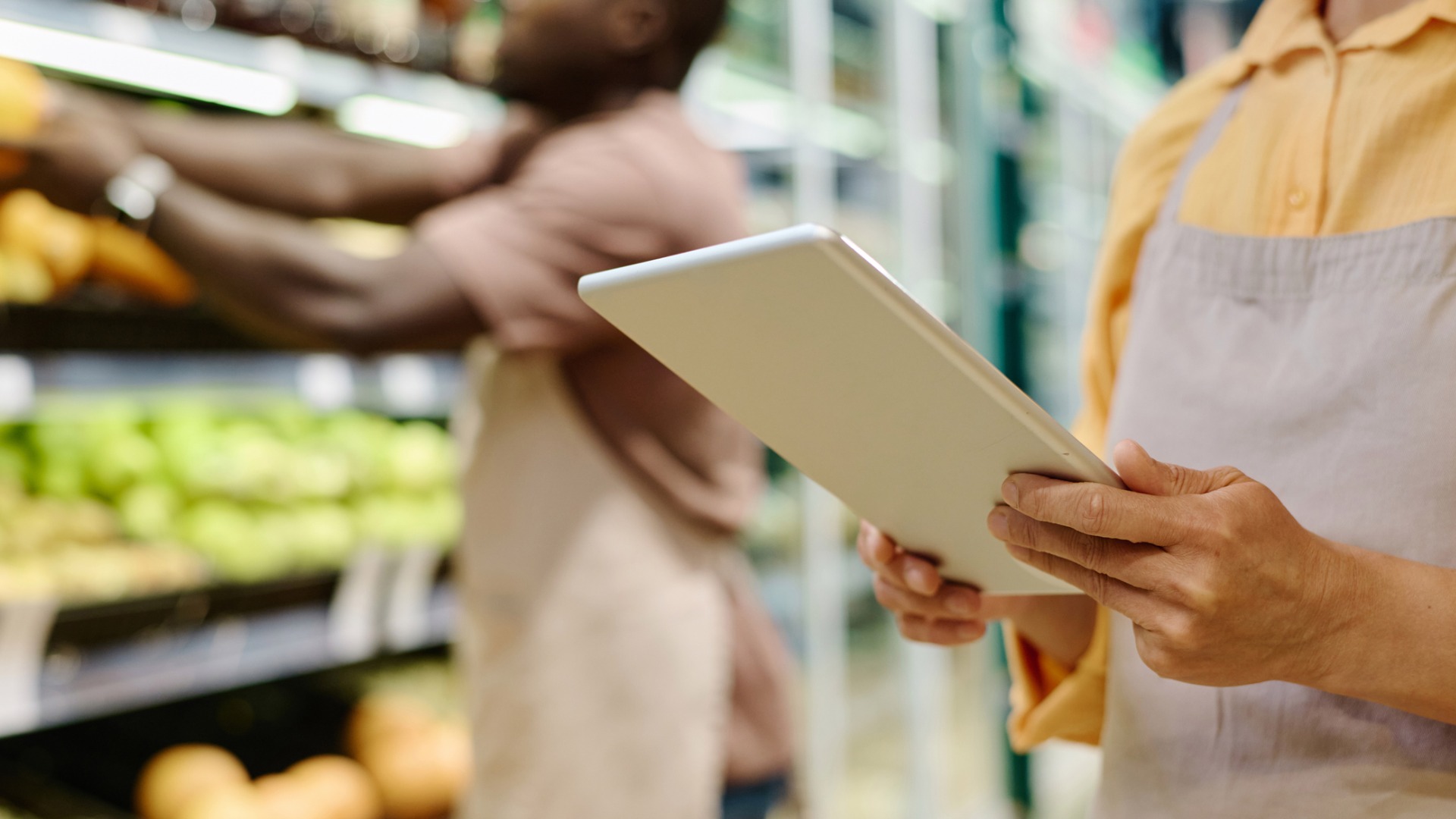Brian Monaco, Vice President of Retail Services
Well, the time to reflect on the past year is upon us. Wow! 2020 has felt more like a decade than a year. Last year at this time, I wrote a blog post looking back at the last decade, and this year I am writing about 2020 with almost the same amount of change.
Retail started out strong in January and February 2020. Then everything changed in a matter of days. COVID-19. A worldwide pandemic. Nobody knew what was going to happen next. Within a matter of weeks, retail in the United States and the rest of the world went through the number of changes we normally see over the course of 5 to 10 years.
These changes affected both the consumer and the retail employees
For retail employees, frontline workers became essential personnel, and those workers were recognized as needing increased health and safety protocols. Employers found themselves needing to quickly adapt to health screening their employees. Retailers that were able to install health scanners found a quick return on investment when compared to having to manually perform these tasks. Some health scanners were able to take and record temperature checks as well as capture COVID-19 related questions and responses for record-keeping purposes.
For consumers, first came the panic buying and stocking up of essential supplies due to the unknown. This panic buying created a lasting effect from which some industries are still trying to catch up. One of the major areas affected, no matter what retail lane you were in, was the supply chain. Everyone quickly found out the days on hand or the days in the supply chain on certain commodities were less than expected. The impact was felt worldwide on toilet paper. Truck to shelves or just-in-time items became very hard to find and continued to remain out of stock for months.Let us think about some lasting effects the panic buying may have caused:
- Brand loyalty: What did that mean in the height of panic buying? Consumers quickly fell into supply and demand patterns. Consumers were forced to purchase whatever brand of toilet paper that was available. Brand, pack size and cost no longer were factored into buying behavior. Everyone was just happy to have an essential item.
- Shopping patterns: What happened next were some of the biggest and greatest shifts in shopping patterns ever. Some retailers were forced to close business. Other retailers adjusted their hours of operation, which included both opening later and closing earlier. Customers adjusted quickly to making fewer trips, buying more and buying differently.
Just how long of a lasting effect will these changes have? Is it possible consumers will:
- Continue with their pandemic period shopping patterns?
- Make fewer shopping trips and have larger baskets?
- Make substitutions for items rather than make another trip to the store?
- Find stores that provide full-service shopping rather than cherry-pick for the best deals at various locations?
After the panic buying started, retailers quickly reacted. Initiatives shifted to offer:
- Increased online purchasing. Fear of going in public kept consumers from frequent or any trips to a store.
- Delivery options, even if never offered before.
- OPUS (Order online, pick up in store) and curbside touchless pickup.
Retail resilience
Some of these new shopping options were never imagined before and surely not at the level needed during the pandemic. Some of these initiatives were already picking up momentum over the past few years. Some were considered years ago but were not initiated after reviewing the cost of implementing. That all changed quickly as retailers needed to find a way to remain open or stay in business while adapting to all new health warnings, policies and restrictions. All retailers, small and large, were affected either directly or indirectly.
Whether delivery and pickup options were on a retailer’s roadmap or not, to keep up with consumer demand, the retailer figured out a way to make it work. Even when they might have thought it was not possible to implement. Consumers were thrown into a situation where price took a back seat to purchasing an essential item. Retailers were in a situation where it was necessary to implement multiple delivery and pickup options even though it may not have been considered cost effective. There is a cost to a lot of these options, and it will be for retailers to figure out which ones are sustainable and at what cost. The future of some of these delivery options may be shorter than others, but customers’ expectations will dictate at least the short-term future.
The next area that had retailers advancing quickly over the course of the pandemic is technology or resources to improve the customers’ overall shopping experience. Online payments, touchless payments and cashless/coinless payments are all part of the 2020 retail landscape. The cashless/coinless concept is interesting and may lead to a lasting trend in payments. Before COVID-19, there were a lot of companies that considered or tried cashless payments but met with consumer reluctance. However, with sanitation and distancing measures at an all-time high, more and more businesses are now entertaining the idea of going cashless for all their checkouts. I think there is still a lot to overcome from the consumer’s viewpoint, but 2020 may lead to quicker adoption.
Best-in-class retailers have become very innovative and nimble in implementing changes faster than they have ever done before. Change management and communication gaps were identified and quickly corrected in these companies. Some examples are in the food safety initiatives where daily routines needed to be updated as frequently as COVID-19 health guidelines were changing. In-stock availability and purchase limits needed to be communicated to frontline associates daily and, in some cases, hourly. The companies that had the technology to handle this adapted much quicker.
In summary
As we close out the year 2020, no one really knows what or when we will see retail settle into the “new normal.” That is because no one knows how long we will be hostage to the pandemic and when the numerous restrictions will be lifted. What we do know is that the effects of the pandemic will be felt in retail for many years to come. I have only scratched the surface on the retail changes we saw in 2020. Retailers that come out of this stronger and nimbler will surely be leading the way to the new normal.
So, grab some hot cocoa and give a nod to the incredible ride of 2020, prepare for 2021 and whatever the new norm has in store for us (see ‘Tis the Season 2021.) The future is ripe with exciting old and new opportunities. Cheers and Happy Holidays!
Related reading:
- Thank You to Everyday Heroes
- Special Series: Suggestions for Food Stores to Respond to the COVID-19 Pandemic
- Special Series: Suggestions for Retail Food Companies to Respond to the COVID-19 Pandemic
- Special Series: Suggestions for Food Store Associates to Respond to the COVID-19 Pandemic
- Emergency Associate Communications Strategies for COVID-19 and Beyond
- COVID-19 and Lessons in Associate Communications
- COVID-19: How a Pandemic Led to an eLearning Demand
- Not Business as Usual: Retail Labor Planning as the Nation Reopens
- Clocking the COVID-19 Virus With Automated Health and Temperature Screening
- Food Safety in Retail Stores: COVID-19 Implications and Beyond
- The Shift in Shopping Patterns: Has Your Labor Shifted too?
- Accounting for the “New Normal:” How Accurate Are Your Labor Forecasts?
- The Long Haul: Training for the Permanent Workforce Impacts of the Pandemic





